Standard Garage Dimensions for 1, 2, 3, or 4 Cars (with Visuals)
-
- Last updated:
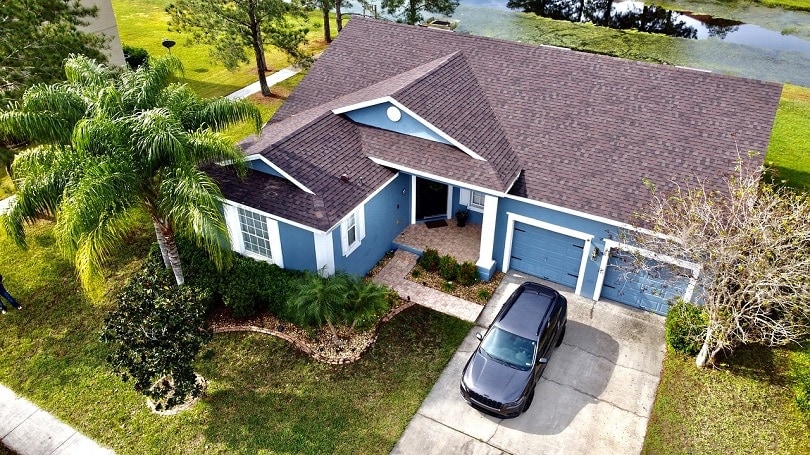

If you want to build a garage for your home, you may have questions about getting started. Specifically, you must know how big a garage you need, how hard it is to add to an existing garage, and the proper dimensions. Keep reading while we cover all of these factors and more for one, two, three, and even four-car garages.
Dimensions for 1-Car Garage (with Visual)
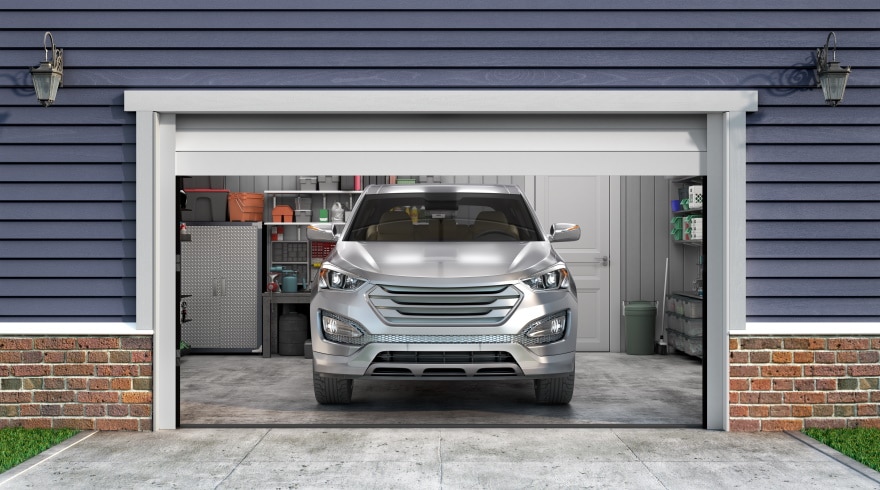
Most modern garages are about 12 feet wide and have an 8-feet wide door. There are some garage doors with 9-foot-wide doors, but they are rare. Single-car garages stand 7–8 feet tall, and most experts recommend higher ceilings for more headroom, which gives you more space to upgrade to a larger vehicle.
| Garage Interior Width: | 12 feet |
| Garage Door Width: | 8 feet |
| Depth: | 20–24 feet |
Dimensions for 2-Car Garage (with Visual)
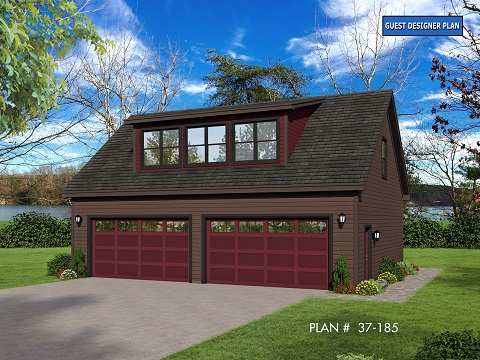
Two-car garages are the most popular and are typically 18–20 feet wide. We recommend going wider if possible because you’ll have more room between cars. The door will need to be wider, and the standard is 16 feet. However, the depth will stay the same at 20–24 feet.
| Garage Interior Width: | 18–20 feet |
| Garage Door Width: | 16 feet |
| Depth: | 20–24 feet |
Dimensions for 3-Car Garage (with Visual)
The three-car garage will require a center post. Therefore, you will need two doors. Most people have one 16-foot door and one 8-foot door. Three separate doors are rare and require a lot of setup and maintenance. The depth stays the same at 20–24 feet, and the height is usually 8 feet.
| Garage Interior Width: | 30–32 feet |
| Garage Door Width: | One 16-foot door, One 8-foot door |
| Depth: | 20–24 feet |
Dimensions for 4-Car Garage (with Visual)
The four-car garage is the largest structure we are going to discuss. Like the three-car garage, the four-car will also require two doors, each of which will be 16 feet wide, and it will also require a center post. It will be about 34–36 feet wide, and though most experts will recommend a 20–24-foot depth like the others, many people build them 24 feet or longer for added space. It will also be about 8 feet tall.
| Garage Interior Width: | 34-36 feet |
| Garage Door Width: | Two 16-foot doors |
| Depth: | 20-24 feet minimum |

Choosing Your Garage Height
As mentioned, most garages stand between 7 and 8 feet tall. If you only drive small cars, you can save building costs by having a 7-foot ceiling. However, an 8-foot ceiling can give you quite a bit of extra space to make the environment more comfortable, and you can use it for storage.
Choosing Your Garage Depth
Most experts recommend a garage depth of at least 20 feet to fit most vehicles and provide you with a little space in front and behind the vehicle to move around and to reduce the risk that your garage door will close on the trunk. Let’s look at the average vehicle size for each class to give you an idea of what you will need.
Compact Cars

Compact cars like the Kia Ria, Chevy Cruze, Ford Focus, and others are the smallest and are usually between 14 and 15 feet long. These cars are rarely wider than 6 feet and stand about 5 feet tall.
| Length: | 14–15 feet |
| Width: | a little under 6 feet |
| Height: | 5 feet |
Mid-Sized Cars

Mid-sized cars like the Honda Accord, Mazda 6, and the Toyota Camry are a little larger and are usually about a foot longer at 15–16 feet long. They are also slightly wider than compact cars, but not by much, and they are about the same height.
| Length: | 15-16 feet |
| Width: | 6 feet |
| Height: | 5 feet |
Full-Sized Cars

Full-sized cars like the Toyota Avalon, Dodge Charger, and Chevy Impala are larger and will usually be between 16 and 17 feet long. They arel also wider than 6 feet and stand a little taller.
| Length: | 16-17 feet |
| Width: | a little over 6 feet |
| Height: | 5 feet |
Mid-Sized Trucks

Mid-Sized Trucks like the Chevy Colorado, Ford Ranger, and Toyota Tacoma are the next size up and will be between 17 and 18 feet tall, so at this point, you will cut it close with a 20-foot-deep garage.
| Length: | 17–18 feet |
| Width: | a little over 6 feet |
| Height: | 6 feet |
Full-Sized Trucks
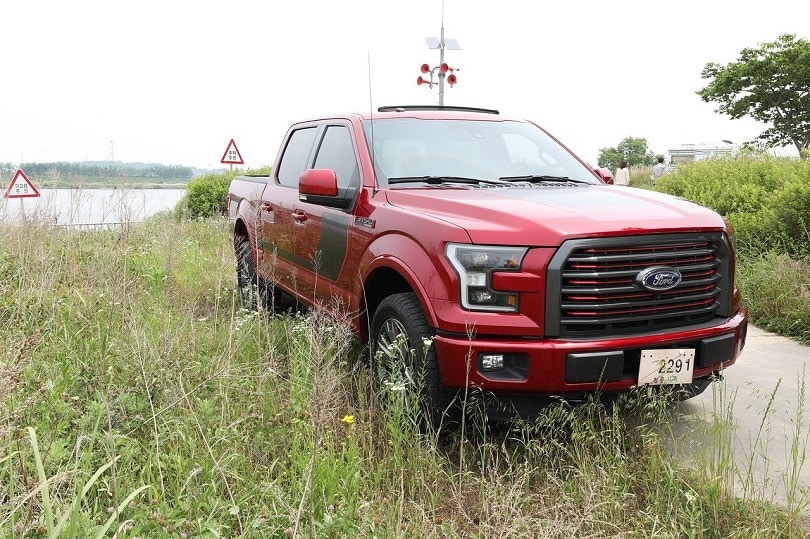
Full-Sized Trucks like the Chevy Silverado, Ford F150, and Toyota Tundra are the most difficult to fit since they are close to 20 feet long. These trucks can also be close to 7 feet wide, which will give you only 6 inches on either side of the truck when entering the garage door, and most of the trucks are about 6.5 feet tall, which will be cutting it close if you choose the 7-foot ceiling.
| Length: | 19–20 feet |
| Width: | 6–7 feet |
| Height: | 6–6.5 feet |
Crossover SUVs
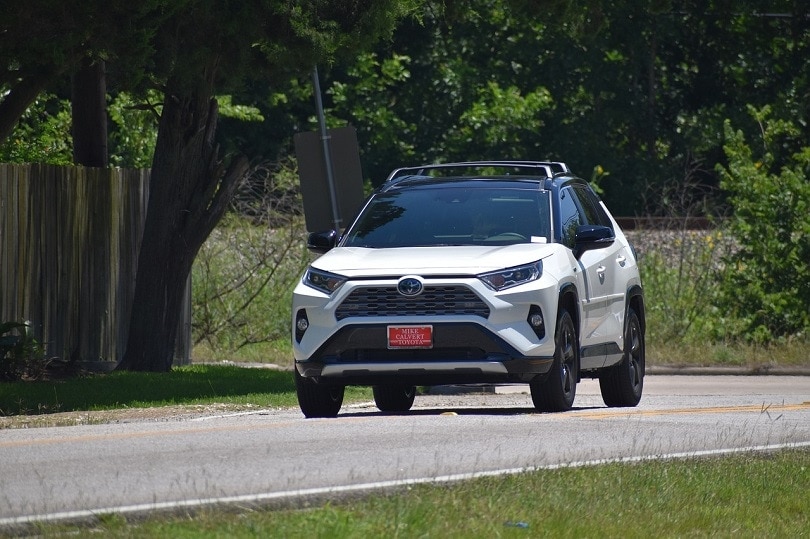
The Crossover SUVs like the Toyota RAV4, Nissan Rogue, and Mazda CX-5 are like tall mid-sized cars with a length of a little over 15 feet and a width of about 6 feet. The height of these vehicles is a little over 5.5 feet.
| Length: | 15–15.5 feet |
| Width: | about 6 feet |
| Height: | 5.5 feet |
Mid-Sized SUVs
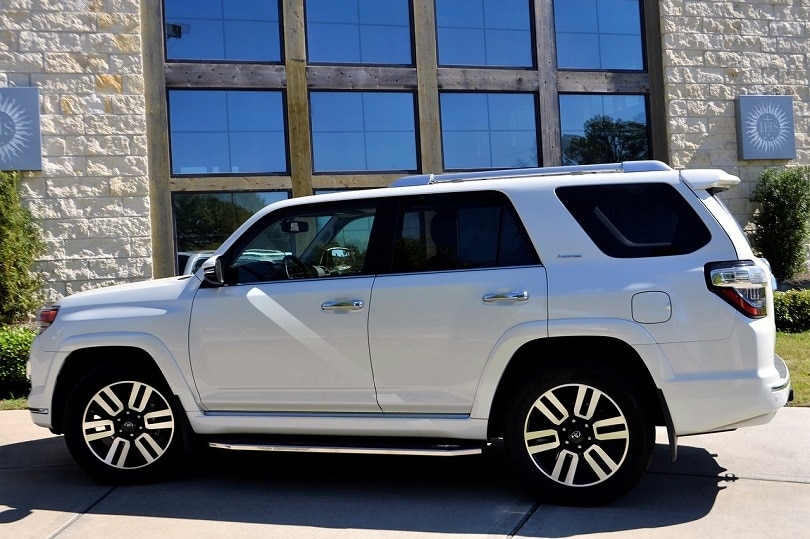
Mid-Sized SUVs like the Ford Explorer, Dodge Durango, and Toyota 4Runner are the next size up. These vehicles are 16–16.5 feet long and about 6.5 feet wide. They’re also taller than the crossover SUV at about 6 feet.
| Length: | 16-16.5 feet |
| Width: | 6 feet |
| Height: | 6 feet |
Full-Sized SUVs
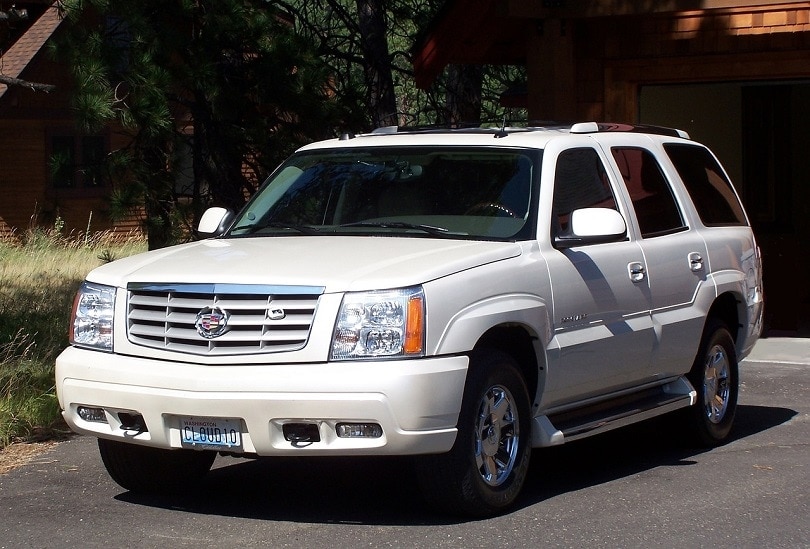
The Full-Sized SUV is the largest SUV class and features vehicles like the Cadillac Escalade, Ford Expedition, and Chevy Suburban. A 20-foot-deep garage is enough, but like the full-sized trucks, getting them through the door will be tight because they are usually close to 7 feet wide, giving you less than 6 inches on each side as you drive in. Full-sized SUVs are about 6.6 feet tall, and you won’t have much room to spare if you install a garage with a 7-foot ceiling.
Other Variables to Consider
You must also consider what else you will store in the garage beside your car. Many homeowners keep their lawnmower, shovels, and garden tools in the garage for easy access. Bikes are another item commonly found in the garage, and you might want to leave a little room for a workbench and a toolbox so you can perform routine maintenance on your vehicle. Storing these things might mean adding more width, length, and height to your garage.
If you use steps to connect the garage to your home, they may take up room in your garage. Steps usually extend 10 inches per step, meaning three steps will extend 2.5 feet into your garage. Many people also like installing bumpers to protect the driver from driving too far and hitting a wall, especially in smaller garages. We recommend using wood blocks to create car stops, as seen in many parking lots, for each front tire. You can even purchase commercial curbs made from durable rubber that you can use to prevent the car from going too far without taking up space in the garage.
Garage Door Dimensions

The most common size for garage doors is 8 feet wide by 7 feet tall for one car and 16 feet wide and 7 feet tall for two two-car garages, but there are several sizes available to fit any need. You need to measure your opening to find the right size. If you are building the garage, we recommend choosing the largest size that will fit.
- 8 feet wide by 7 feet tall
- 9 feet wide by 7 feet tall
- 10 feet wide by 7 feet tall
- 12 feet wide by 7 feet tall
- 14 feet wide by 7 feet tall
- 16 feet wide by 7 feet tall
- 16 feet wide by 8 feet tall

Beware: Zoning Regulations on Garages
You also need to worry about local zoning regulations and building codes. Every state has a set of building codes you must follow when constructing your garage. These codes determine how large any steps need to be and how high and wide the building should be, among other things. In many cases, you will need to get signed consent from your neighbors to build a structure, and sometimes you will need to appear at a city council meeting, depending on where you live.

Conclusion
When building a garage, the most important thing to remember is that you may use it to store vehicles of different sizes. Though cars have been steadily getting smaller each generation, you may choose to get an SUV or full-sized truck and wish you chose a larger design. We recommend going with the largest size that will fit your property and your budget will allow. You’ll be surprised at how quickly you use up any extra space you didn’t think you needed.
We hope you have enjoyed reading this article and found the dimensions you need for your garage. If we have helped answer your questions, please share this guide to standard garage dimensions on Facebook and Twitter.
Featured Image Credit: Donosos, Pixabay
Contents

